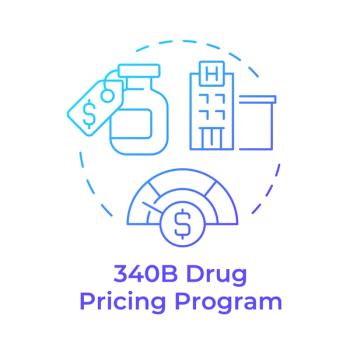
Chile's healthcare offers public and private plans
Healthcare is funded by taxes and subsidies, but privately insured people are encouraged to buy upgrades
Chile boasts life expectancy of 78 years, compared to that of the United States at 77.7 years of life expectancy. In just 15 years, the country has seen a 50% reduction in child mortality and can boast an insured population of more than 90%.
Unfortunately, 13.6% of Chile's 16.9 million people-40% live in the Santiago metropolitan area-are impoverished, and 10.8% are plagued by unemployment. The Ministry of Health, however, reports that 98% of Chileans have drinkable water, 99.5% have electric lights and 89% have sanitary sewers.
The Ministry of Health is the governing body responsible for establishing health policies and for reinforcing their compliance. Under its auspices fall the public healthcare system (referred to as FONASA) and regulatory responsibility for private health insurers (referred to as ISAPREs).
The majority of the population (67%) is insured under FONASA, while 14.8% opt for insurance provided by ISAPREs. The remainder is covered by other private plans, and a fairly small percentage is uninsured. Healthcare is funded by a universal income tax deduction of at least 7% of every worker's salary and supplemented by government to cover indigents and public health programs.
FONASA is financed with 48% public funding, 32% individual financing and 18% copayment, while 70% of ISAPREs funding comes from individual financing and 30% from copayments. Unfortunately, the costs of caring for people don't align with the number targeted or with risk. While the sectors equally receive 7% of wages, the public sector cares for about five times more people than the private sector. ISAPREs spend twice as much on members as FONASA does on its higher risk beneficiaries.
The public sector not only serves as the primary insurer, but also the largest healthcare provider. The state owns and operates two-thirds of inpatient capacity with 200 hospitals, 2.3 hospital beds per 1,000, and 1,000 ambulatory medical centers. FONASA covers 90% of those over 65 (11.5% of the total population in 2005, which is expected to grow to 28.2% by 2050). ISAPREs' tightly regulated premiums are age/gender adjusted and therefore, premiums are higher for women and seniors, so seniors opt for FONASA.
Chile's public insurance offers one plan at variable prices, while ISAPREs offer 13 plans, each of whose prices remain constant. Even if Chileans are covered under FONASA, they can access a private provider with a copayment tied to the amount of their income. A survey by the Ministry of Health shows there is overwhelming satisfaction with both the private (96.4%) and public (82.2%) healthcare systems in Chile.
Newsletter
Get the latest industry news, event updates, and more from Managed healthcare Executive.


















































